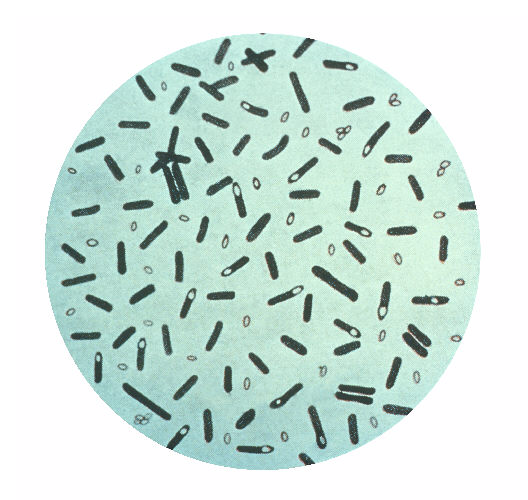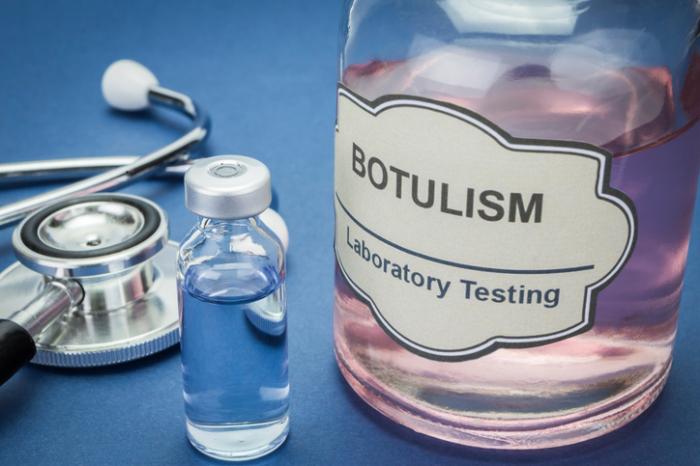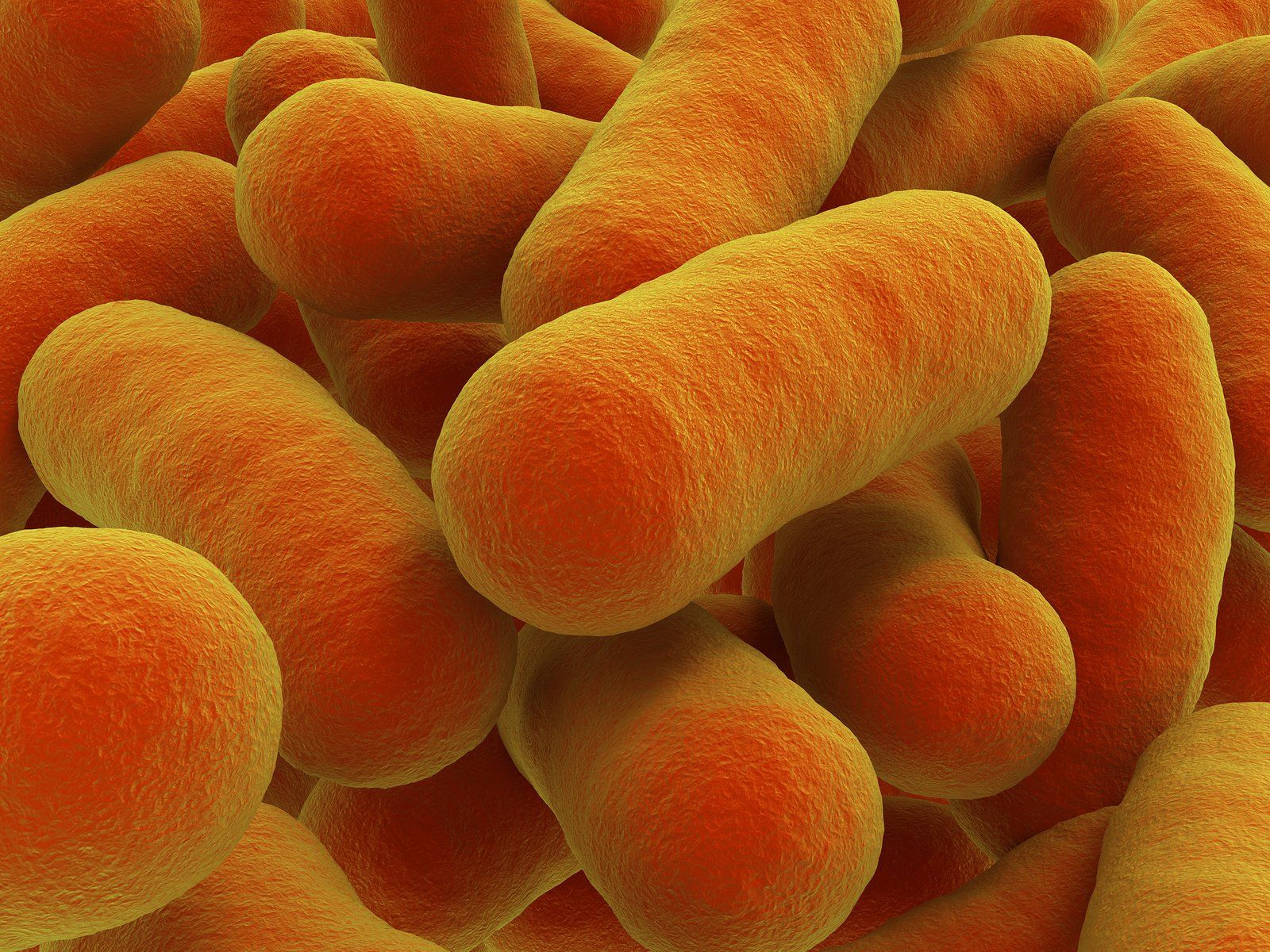Botulism or botulism poisoning is an extremely rare but serious potentially fatal disease that results from the toxin produced by bacterium Clostridium botulinum (C. botulinum). This bacterium thrives only in the conditions where no oxygen is present.
It can be contracted through contaminated food, untreated water or an open wound. The three major types of botulism include infant botulism, foodborne botulism and wound botulism. Some of the foods like home-canned foods, honey, raw or fermented or smoked fish, preserved vegetables with low acid content, corn syrup and cured meat products are sources and provide a breeding ground for the bacteria.
Without any proper or early treatment, the toxin can cause paralysis which begins in the face and spreads on to the limbs. Upon reaching the breathing muscles, it can lead to respiratory failure. All kinds of botulism eventually lead to paralysis so botulism of any form is considered a medical emergency. It was often lethal earlier but the antitoxins has brought a significant change.
The Centers for Disease Control and Prevention (CDC) suggests that nearly 145 cases of botulism are reported each year in the US. Nearly 3-5% of people having botulism poisoning face death. The biggest outbreak of botulism took place in 2015 in the US. It originated from the improperly home-canned potatoes shared at a potluck meal.
Here are the causes & risk factors, signs & symptoms, diagnosis, treatment and prevention of botulism poisoning.
Causes & Types of Botulism

The botulinum toxin is a toxin produced by the bacterium C. botulinum that is commonly found in the soil and lives in the untreated water. And this is why it is classified as a waterborne disease. It survives in such environments as a resistant spore.
The bacterium produces spores which can survive in badly preserved or canned foods. They produce toxins in them and even small amounts of toxin can lead to severe poisoning.
The different forms of botulism include:
- Infant botulism
As per the reports of CDC, 65% of botulism cases take place in the infants or the children who are younger than 1 year of age. It occurs when an infant consumes the bacteria or their spores and they grow in their intestinal tract or gut.
Having honey or corn syrup usually causes infant botulism in the US. The botulinum bacterium might also occur naturally in an infant’s stool. However, in the older children and adults, the natural immune system prevents bacteria from growth.
- Foodborne botulism
This type of botulism occurs when the foods (improperly processed) that contain botulinum toxin is consumed.
- Wound botulism
Around 20% cases of botulism cases are of wound botulism. This botulism can take place when the organism enters an open wounds and produces toxins inside the wound. The injection drug users are at a high risk of having wound botulism.
- Iatrogenic botulism
This form of botulism can take place when an overdose of botulism toxin or botox occurs. Such cases develop after the therapeutic administration of botox.
- Adult intestinal colonization
A rare type of botulism, adult intestinal colonization takes place when the bacterium colonizes the digestive tract of an adult.
Signs & Symptoms

The signs and symptoms depend on the type of botulism an individual is affected.
Nausea, vomiting and diarrhea followed by abdominal distress occurs in the foodborne botulism. Weakness and difficulty in breathing may also be caused. The symptoms are seen 18-36 hours after consumption of the contaminated food but this may go from 3 hours to 8 days.
In the wound botulism, the cranial nerves (nerves connecting the brain to spine) show the initial symptoms. It then spreads to other body parts and the incubation period lasts from 4 days to 2 weeks. The symptoms are similar to that of foodborne botulism but it may take longer to appear in wound botulism.
The affected person may also have double or blurred vision. Drooping eyelids, facial weakness, dry mouth, dysphagia, speech slurring or difficulty in swallowing may occur. Muscle weakness may also occur. And as the condition spreads and worsens, paralysis may happen. And lack of treatment may result in eventual paralysis leading to respiratory failure or death.
Diagnosis

If the affected person has a medical history of botulism or the physical examination indicates the condition, certain tests will be required to rule out other conditions (stroke, myasthenia gravis, and Guillain-Barre syndrome) having similar symptoms.
To confirm the diagnosis of infant botulism, stool is tested or specimen of enema is taken. If the doctor thinks you have botulism, the treatment using anti-toxin should be done right away without waiting for the test results.
The diagnostic tests that may be carried out are electromyography, brain scan, cerebrospinal fluid examination and edrophonium chloride test for myasthenia gravis. The diagnosis can be confirmed after the botulism toxin is detected in the food, intestinal contents, stomach, vomiting or feces. In acute cases, the toxin might be identified in the blood.
Treatment

The patients that show severe symptoms may require a breathing machine and sometimes intensive medical or nursing care for many months. Antitoxins may be used for recovering from paralysis in the botulism and antibodies help in neutralizing the toxin. But the antitoxins won’t cure an already occured paralysis. Hospitalization is often required.
In case of foodborne and wound botulism, a doctor injects an antitoxin soon after the diagnosis. In infants, a treatment called ‘Botulism Immune Globulin Intravenous-Human’ (BIG-V or BabyBIG) helps in blocking the actions of neurotoxins that circulates in the blood.
In severe cases, the use of ventilator may be required for providing breathing support. The recovery period may be weeks or months long. A long-term therapy and rehabilitation may be essential in severe cases. A vaccine is there for botulism but it is not so common. Also, its effectiveness has not been tested completely and it has side effects as well.
If the infection is due to a wound, the wound required surgical treatment. The removal of area near the wound takes place and this process is called debridement. Antibiotics may also be prescribed for prevention of any secondary infection.
Preventions

In most of the cases, botulism can be easily prevented. The risk can be reduced by adopting these preventive measures:
- Consider refrigerating the oils infused with garlic or herbs.
- Do follow proper techniques while preparing home canned foods in order to make sure that you attain suitable heat and acidic levels.
- Be careful of any fermented fish or other aquatic foods.
- Dispose off open or bulging cans of commercially prepared food.
- The aluminium foil-wrapped potatoes can create an oxygen-free environment where the botulism bacterium can thrive. Keep them hot or refrigerate them right away.
- Boil the food for at least 10 minutes to kill the botulism toxin.
- Always avoid feeding an infant with honey or corn syrup as these foods may contain Clostridium botulinum spores.
Image Source:
1. wikimedia
2. gfmcdn
3. healthism
4. natural-health-news
5. cdc

